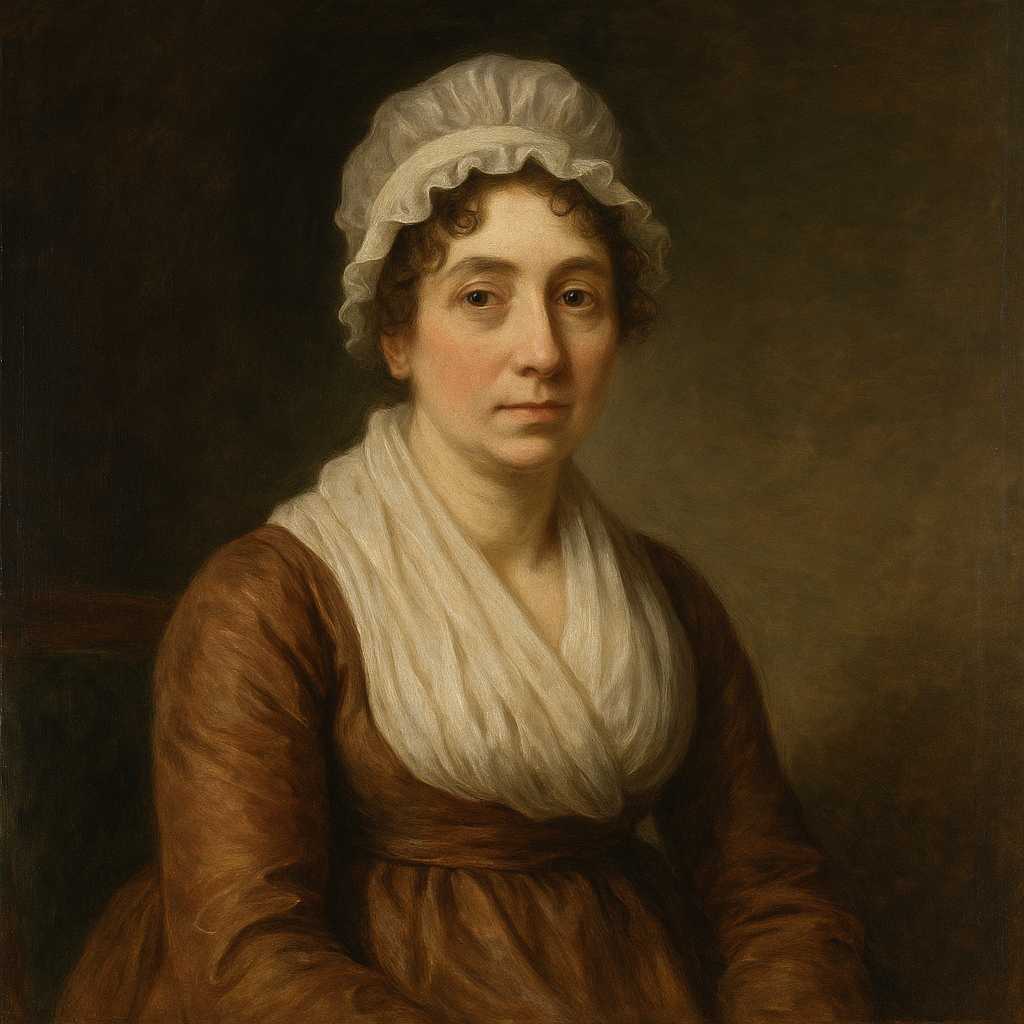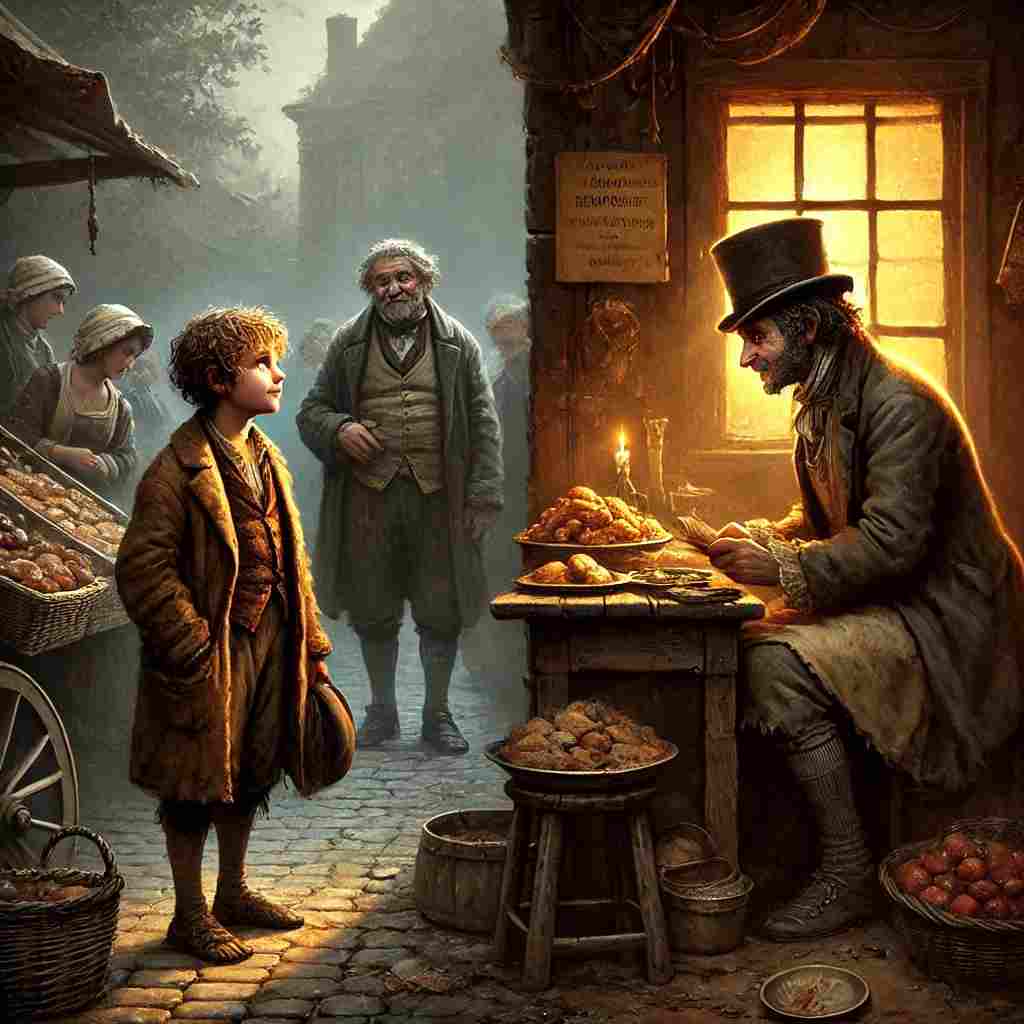3 Poems by Mary Lamb
1764 - 1847
Mary Lamb Biography
Mary Lamb, born on December 3, 1764, in London, England, was a writer and poet whose life was marked by tragedy, resilience, and literary collaboration. While often overshadowed by her more famous brother, Charles Lamb, Mary's contributions to literature, particularly children's literature, were significant and enduring.
The Lamb family lived in the Inner Temple, where Mary's father, John Lamb, worked as a clerk to Samuel Salt, a bencher of the Inner Temple. Mary was the third of seven children, though only three survived infancy. Her early years were spent in a household that, while not wealthy, was reasonably comfortable and cultured. However, as she grew older, the family's circumstances became increasingly strained.
Mary's education was limited, as was typical for girls of her social class in the 18th century. Nevertheless, she was intelligent and curious, with a natural affinity for literature. She learned to read and write at home and developed a passion for books at an early age. This love of learning would serve her well in later years, as she became largely self-educated through extensive reading and intellectual conversations with her brother Charles and their circle of literary friends.
As a young woman, Mary worked as a seamstress and later as a governess to support her family. However, the pressures of caring for her aging parents and her mentally ill brother John, combined with her own struggles with mental health, took a heavy toll. On September 22, 1796, in a fit of madness, Mary fatally stabbed her mother with a kitchen knife. This tragic event would shape the rest of her life and that of her brother Charles.
Rather than being condemned to lifelong incarceration in a public asylum, Mary was released into the care of her brother Charles, who became her guardian. This arrangement was unusual for the time and speaks to the deep bond between the siblings. Charles sacrificed his own prospects of marriage and a conventional family life to care for Mary, a commitment he maintained until his death in 1834.
Despite the trauma and the recurring bouts of mental illness that would plague her throughout her life, Mary found solace and purpose in writing. Her most famous work, produced in collaboration with Charles, was "Tales from Shakespeare" (1807). This collection of prose retellings of Shakespeare's plays, aimed at young readers, became a classic of children's literature. Mary wrote the comedies and Charles the tragedies, though the book was initially published under Charles's name alone due to the stigma surrounding Mary's mental health history.
Mary's writing style was characterized by clarity, simplicity, and a deep understanding of human nature. Her ability to distill complex narratives into accessible prose without losing their essence was remarkable. "Tales from Shakespeare" not only introduced generations of children to the Bard's works but also demonstrated Mary's skill in adapting sophisticated material for a younger audience.
In addition to her work on Shakespeare, Mary contributed to several other literary projects. She wrote most of the stories in "Mrs. Leicester's School" (1809), a collection of tales for children that showcased her talent for creating engaging narratives with moral underpinnings. She also collaborated with Charles on "Poetry for Children" (1809), further cementing her reputation as a skilled writer for young readers.
Mary's literary output was not confined to children's literature. She wrote essays, poems, and letters that revealed a keen intellect and a wry sense of humor. Her essay "On Needlework" (1815) is a thoughtful reflection on the social expectations placed on women and the value of creative pursuits. Her poetry, while less well-known than her prose, displays sensitivity to nature and human emotions.
Throughout her life, Mary was an integral part of the Lambs' literary circle, which included luminaries such as Samuel Taylor Coleridge, William Wordsworth, and William Hazlitt. Despite her periodic confinements due to mental illness, she was respected and admired by these intellectual giants. Her conversations and correspondence with them reveal a woman of considerable wit and insight.
Mary's relationship with her brother Charles was central to her life and work. Their collaboration was not just literary but extended to their daily lives. They lived together, entertained together, and supported each other through personal and professional challenges. Their letters, collected and published after their deaths, provide a touching and often humorous account of their domestic life and literary endeavors.
In her later years, Mary continued to write and maintain her intellectual interests, even as her mental health deteriorated. After Charles's death in 1834, she lived with various friends and nurses, spending her final years in a state of quiet dementia. She died on May 20, 1847, and was buried alongside her brother in Edmonton, London.
Mary Lamb's life and work offer a poignant study in the intersection of genius and madness, familial devotion, and literary collaboration. Her contributions to children's literature, particularly her adaptations of Shakespeare, have ensured her a place in the literary canon. However, her legacy extends beyond her published works. Mary's resilience in the face of personal tragedy, her intellectual achievements despite limited formal education, and her enduring creative partnership with her brother Charles all speak to a remarkable woman whose life and work continue to fascinate scholars and readers alike.
In examining Mary Lamb's life, one cannot help but reflect on the constraints faced by women writers in the 18th and 19th centuries, the treatment of mental illness, and the power of literature to transcend personal circumstances. Mary Lamb's story, with its blend of tragedy and triumph, continues to resonate, offering insights into the human spirit's capacity for creativity and perseverance in the face of adversity.
This text was generated by AI and is for reference only. Learn more
Username Information
No username is open
Unique usernames are free to use, but donations are always appreciated.
Quick Links
© 2024-2025 R.I.Chalmers (V2Melody).

All music on this site by R.I.Chalmers (V2Melody) is licensed under a Creative Commons Attribution-NonCommercial 4.0 International License.
Attribution Requirement:
When using this music, you must give appropriate credit by including the following statement (or equivalent) wherever the music is used or credited:
"Music by R.I.Chalmers (V2Melody) – https://v2melody.com"
Support My Work:
If you enjoy this music and would like to support future creations, donations are always welcome but never required.
Donate




